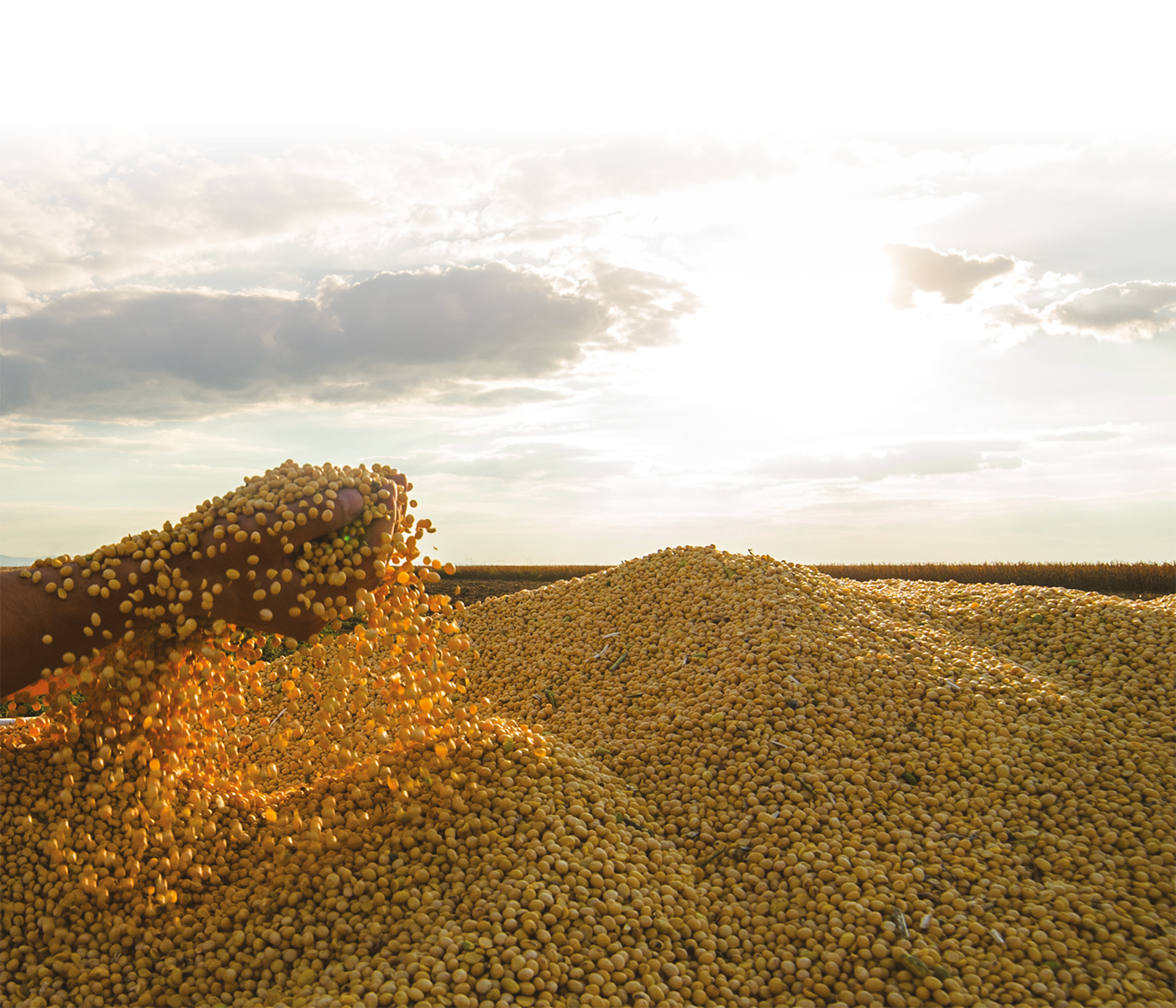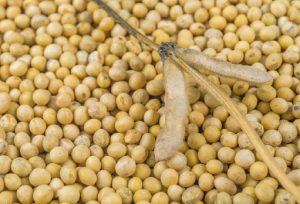 06 Apr 2024
06 Apr 2024
In the agricultural world, March marks a crucial juncture as the USDA unveils its projections for the upcoming planting seasons. This year’s report brought unexpected twists, reshaping expectations and trading dynamics in grain markets globally.

USDA Report Unveiled: Surprises and Reactions
The USDA’s prospective plantings report, disclosed on March 28th, 2024, revealed significant deviations from prior expectations. Notably, corn planted area was estimated to decline by 5%, standing at 90 million acres—a figure that defied market projections. Conversely, soybean acreage saw a 3% uptick, reaching 86.5 million acres. These figures triggered a flurry of activity in the markets, with corn futures rallying by $0.15 per bushel following the revelation, whereas soybean futures remained relatively stable.
Market Implications: Navigating Uncertainties
The market response to the USDA report underscores the delicate balance of supply and demand dynamics. While corn futures surged on reduced acreage projections, soybean markets exhibited resilience, despite increased planting estimates. Amidst these shifts, other factors such as oil futures’ uptick to $83.17 per barrel by March 31st, and Russia’s dominance in the wheat market, add layers of complexity to market dynamics.
Strategic Considerations: Charting a Course
As market players grapple with evolving conditions, strategic decision-making becomes paramount. Understanding seasonal trends and monitoring international developments offer crucial insights for navigating market uncertainties. Additionally, maintaining a balanced approach to marketing, considering weather-related risks and geopolitical tensions, is essential for optimizing outcomes in the ever-fluctuating agricultural landscape.
Conclusions
In conclusion, the March USDA report serves as a pivotal moment for recalibrating strategies and expectations within grain markets. Amidst shifting dynamics, market participants must remain agile, leveraging insights and data to navigate the complexities of the agricultural sector. By embracing adaptability and informed decision-making, stakeholders can seize opportunities and mitigate risks in an ever-evolving market environment.
You may also like to read: “Asia-Pacific Unites for Future Food Security Amid Pandemic & Climate Crisis”
Source: USDA
Subscribe now to the technical magazine of animal nutrition
AUTHORS

Nutritional Interventions to Improve Fertility in Male Broiler Breeders
Edgar O. Oviedo Rondón
The Use of Organic Acids in Poultry: A Natural Path to Health and Productivity
M. Naeem
Synergistic Benefits of Prebiotics and Probiotics in Poultry, Swine, and Cattle
Gustavo Adolfo Quintana-Ospina
Hybrid Rye Potential in Laying Hen Feed Rations
Gwendolyn Jones
A day in the life of phosphorus in pigs: Part I
Rafael Duran Giménez-Rico
Use of enzymes in diets for ruminants
Braulio de la Calle Campos
Minerals and Hoof Health in the Pregnant Sow
Juan Gabriel Espino
Impact of Oxidized Fats on Swine Reproduction and Offspring
Maria Alejandra Perez Alvarado